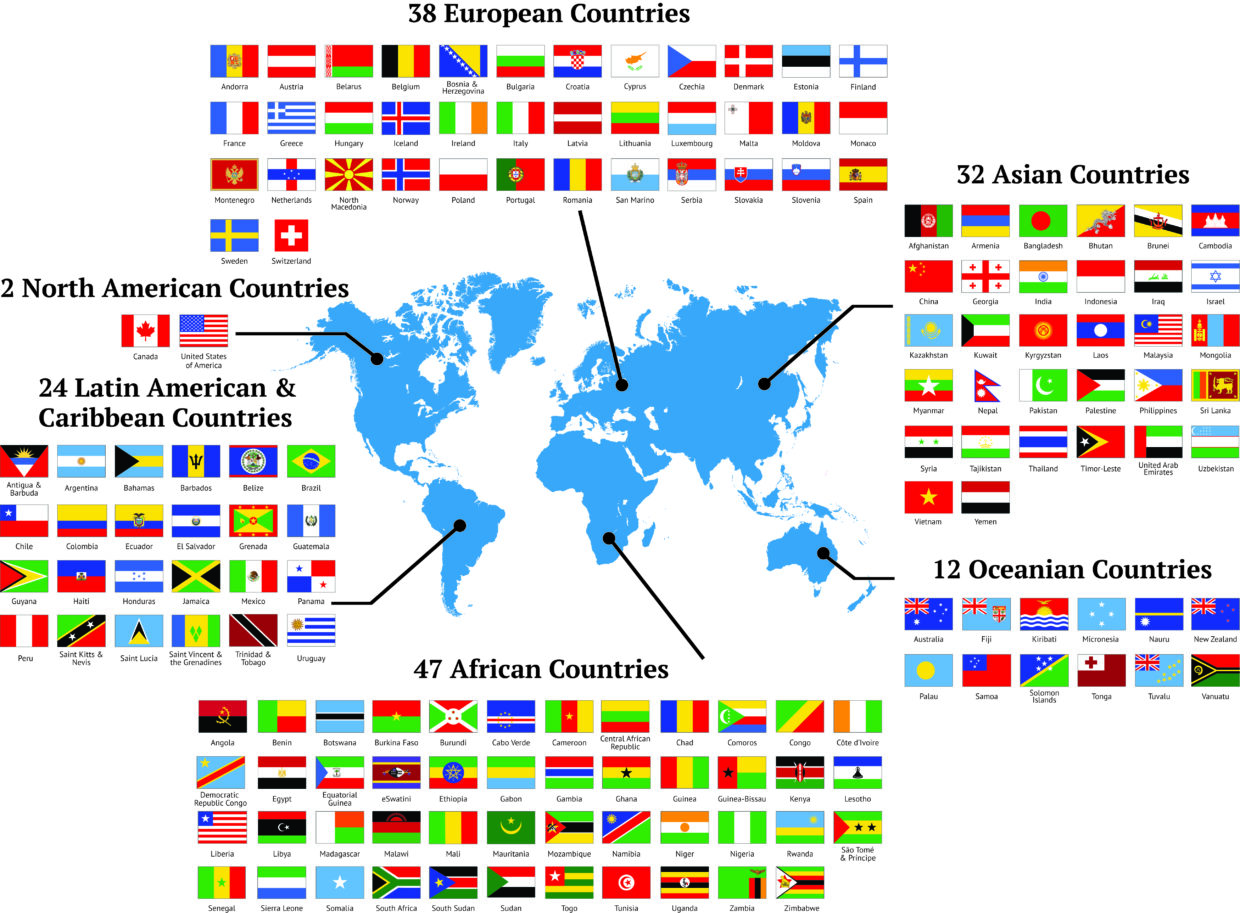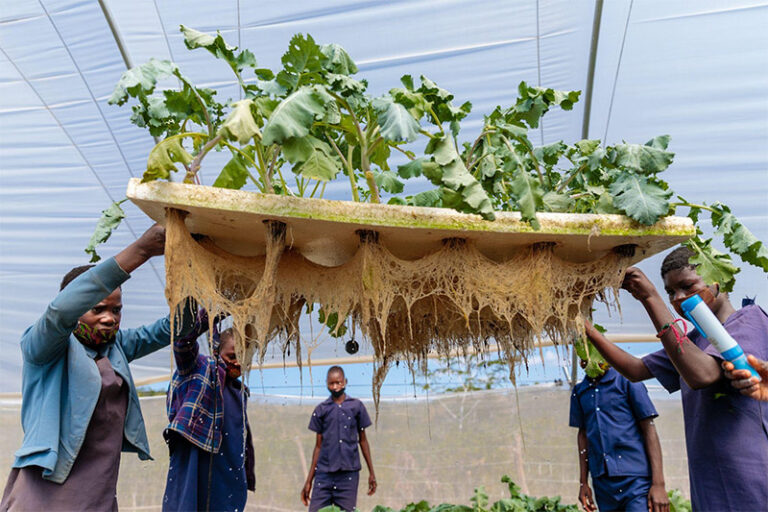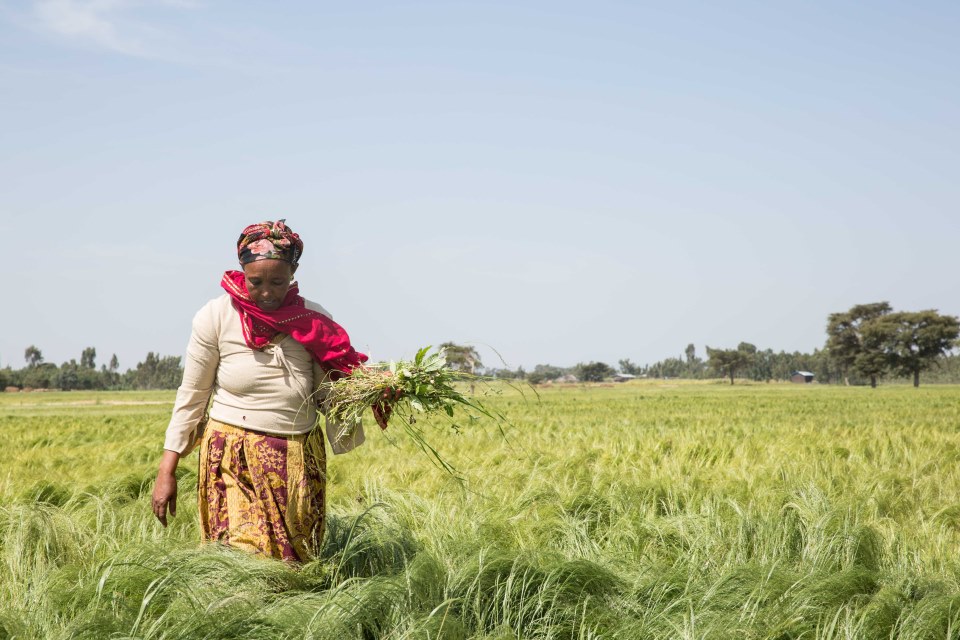Combating Food Insecurity and Promoting Sustainability: School Feeding in Namibia
School feeding programs in Namibia aim to address the challenges of food insecurity and malnutrition among children. These programs provide nutritious meals to students, ensuring they have the energy and nutrients they need to learn and grow. However, as awareness of the environmental impact of food production and waste grows, the Namibia School Feeding Programme leads the way on many sustainability and environmental issues.
Minimizing Waste
In addition to sourcing locally, the National School Feeding Program is also working to reduce food waste. The program encourages schools to participate in food composting initiatives, where leftover food is turned into fertilizer for school gardens. This initiative helps to reduce the amount of waste produced by the program while also promoting environmental awareness and agricultural skills. Other efforts to limit food waste on an ongoing basis include fumigation and pest control in storage areas and the use of nearly-expired foods, while efforts to limit packaging waste include the reuse of bags and containers.


A Focus on Local and Fortified Food
The meals provided by the program aim to be nutritionally balanced, consisting of foods such as grains and cereals, as well as legumes, pulses, and nuts. Food fortification plays a key role in meeting students’ nutritional needs. For example, a fortified maize meal blend provides key micronutrients like iron, vitamin A, iodine, zinc, folic acid, thiamine, riboflavin, niacin, and calcium. Many of the ingredients used in the meals are sourced locally, reducing the carbon footprint of the program and supporting local farmers.
Learning Inside and Outside the Classroom
The school meal program in Namibia also incorporates environmental education into its curriculum. Through complementary education programs in food and nutrition, agriculture, and school gardens, the over 370,000 students reached by the school feeding programs enjoy a holistic school meal experience. A recent collaboration with the World Food Programme established school hydroponic gardens and piloted home-grown school feeding in the country. Even before this, school gardens helped to supplement the food already being served in the program.
Overall, school feeding programs in Namibia play an important role in addressing food insecurity and promoting sustainability. By sourcing locally, reducing waste, and promoting complementary education initiatives, these programs are not only providing nutritious meals to children but also helping to build a more sustainable and resilient future.
Source: Global Child Nutrition Foundation (GCNF). {2021}. Global Survey of School Meal Programs Country Report, {Namibia}. Accessed {August, 2023} at: https://gcnf.org/country-reports/.













No comment yet, add your voice below!